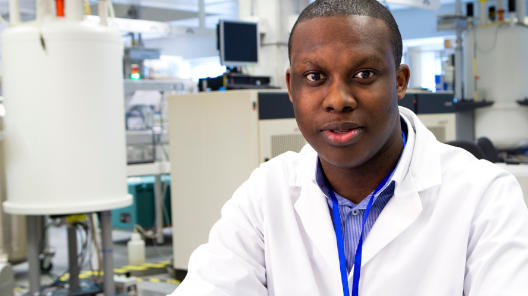Bioestadístico
Los bioestadísticos utilizan las matemáticas y la estadística para encontrar formas de resolver problemas científicos. El bioestadístico colabora con otros miembros del equipo para determinar el diseño del estudio, el desarrollo del protocolo y la forma de compartir los resultados del estudio. Los bioestadísticos redactan planes de análisis estadístico, realizan análisis estadísticos y resumen los resultados mediante informes escritos y presentaciones. Pueden trabajar con el medio ambiente o la salud humana o animal.
¿Qué responsabilidades tendré?
- Analizar datos utilizando enfoques estadísticos y programas informáticos especializados.
- Diseñar y asesorar sobre la aplicación práctica de la metodología estadística
- Determinar las técnicas estadísticas de muestreo
- Coordinar los procedimientos de recogida de datos
- Identificar tendencias y relaciones en los datos
- Revisar los informes y formularios de los casos para garantizar que se cumplen los objetivos del protocolo y que se mantienen las normas del proyecto.
- Redactar informes que expliquen los resultados de los estudios realizados
- Determinar los factores de un problema y el riesgo que entrañarían las posibles soluciones.
- Utilizar métodos cuantitativos para analizar datos de otros estudios de investigación
- Ayudar a los investigadores en las mejores prácticas para la representación de datos en presentaciones e informes.
- Validar los métodos estadísticos para determinar si los resultados son exactos.
- Redactar propuestas de investigación o subvenciones
- Investigar nuevos métodos estadísticos
Cursos de bachillerato recomendados:
- educación agrícola
- estadísticas
- matemáticas
- investigación
- biología
- ciencia
Formación requerida:
Se necesita un máster o doctorado en estadística, bioestadística, matemáticas, genética estadística o un campo relacionado.




